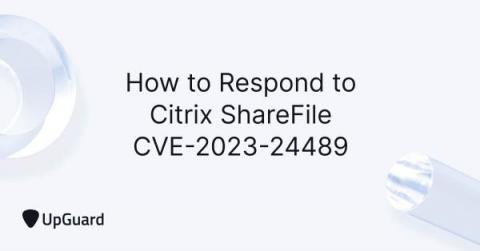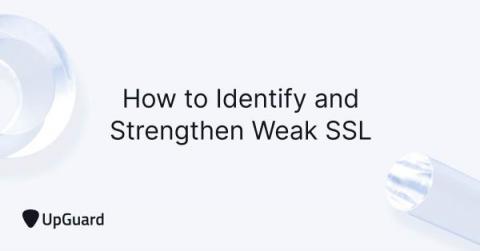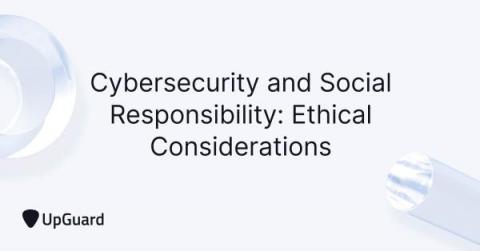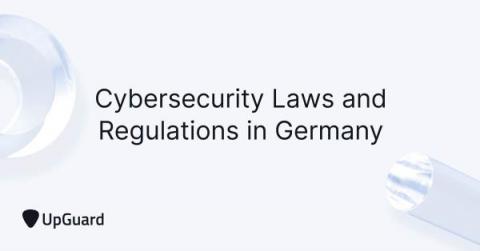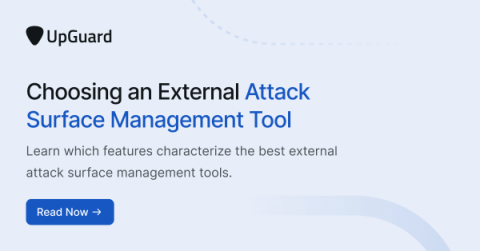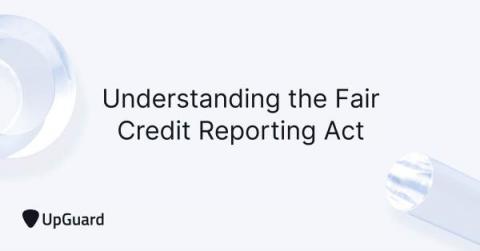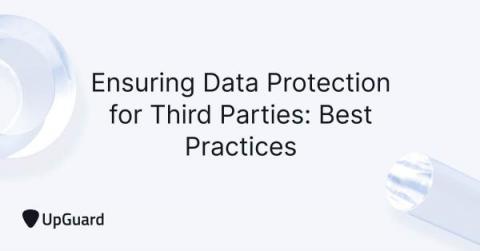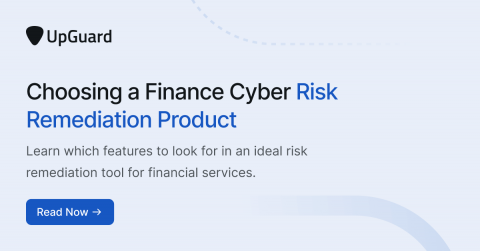Choosing Security Questionnaire Automation Software (in 2023)
Your security questionnaire workflow is the litmus test for the efficiency of your overall Vendor Risk Management program. If this pipeline gets congested, all of the VRM processes, depending on it, get disrupted, which impacts your security posture and heightens your risk of suffering a third-party data breach.








